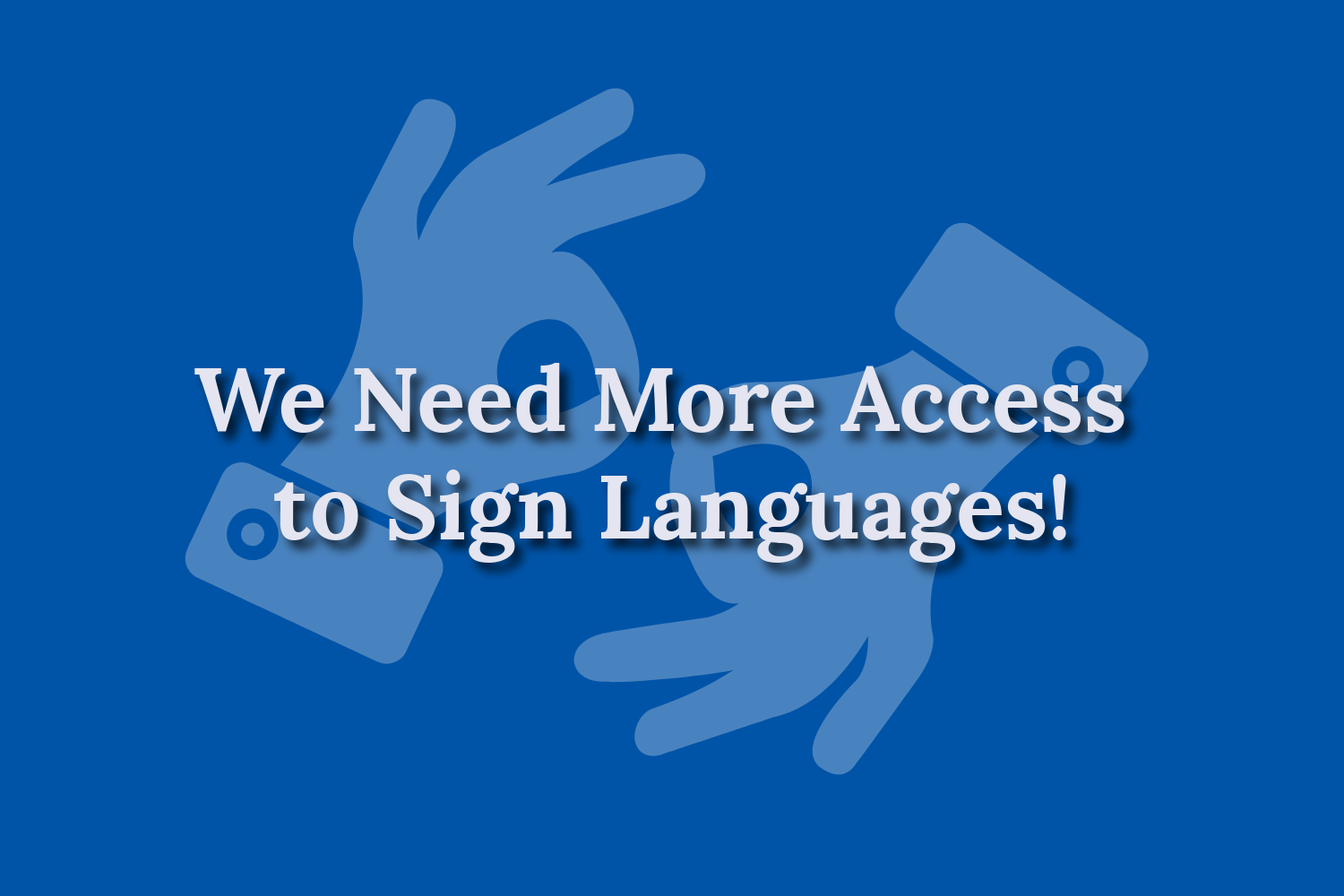It is International Week of Deaf People and Deaf Awareness Month which is exciting for me as a deaf person. My relationship with my deafness was a winding journey to being at a place of acceptance and comfort with my deafness.
I have always been deaf and started with hearing aids when I was one year old. As time went on, I lost more of my residual hearing so I got a cochlear implant at the age of seven. I grew up in a hearing household so I never had access to sign language until I got older. In fact, part of my motivation to learn sign language was because my cochlear implant was broken for over three years. Those three years impacted me in struggling with people's perception of being a cochlear implant user and a speaker as the expectation was I can hear better than with a hearing aid due to its amazing technologies. What I learned in those three years, I really can’t hear. Seriously, I have been playing fill in the blanks in every conversation and bluffing the rest of it. I have no idea how I convinced myself that I understood many of the interactions I had.
When I finally gained the confidence to request interpreters in university, I realized how much I missed. I had a professor who used the same example in many classes. The last class I had with this professor was with interpreters. When my professor explained the same example I heard four other times, seeing it in American Sign Language (ASL) changed everything I thought I understood. There is this concept of tone that tends to be auditory so I could never fully grasp it when lip-reading. In fact, seeing the entire face and body language when you are trying to find the words is limited. So seeing it in ASL meant I got the proper words, the tone, the intention, the story that had more meaning than I ever thought.
There was a shift, I went from just gaining information to survive a conversation, lecture, and stories to understanding what was given to me. It no longer took me a couple of months of learning the person to understand information that I missed. The interpreter can literally show up and interpret the information and I can understand it the first time. Not the fifth time, the first time. The possibilities and opportunities just expanded.
I was (and still to be honest) frustrated on why medical professionals and service providers limit access and information to sign language. Yes, the devices are a great tool if you have the energy and motivation to do the work to maintain and improve the listening experience. But, it is unlikely someone will have the capacity and energy to capture words, social cues, tone, body language, and more to fully understand what is more clearly expressed in an auditory approach. It is a tool, not the end all be all that was implied and set up to be when I was growing up. Even more tools that are available now such as AI captioning is still a tool because there are so many elements in language (and AI can be wrong).
Sign language ensures that all aspects of communications are given and expressed to deaf people. It is also a connection and culture to not feel alone in a society that is designed by and for hearing people. More access should be available but it requires including Deaf people to be part of the process in the teaching and learning process to create the capacity that is needed.

